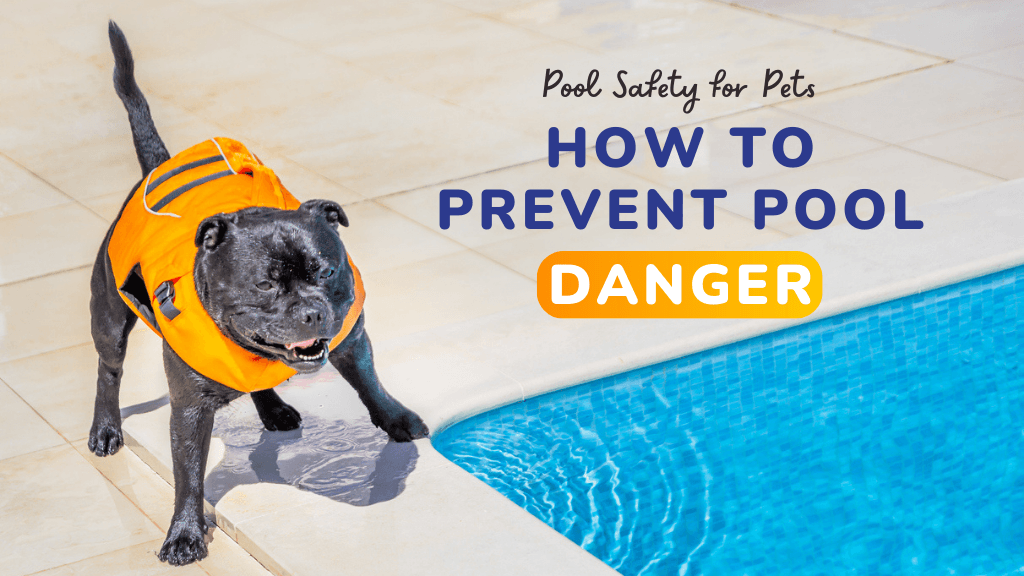Playing It Safe: Pool Time for Water-Loving Dogs
)
Does your dog love splashing around the pool in the summer? Swimming is a fantastic way to keep your dog entertained and cool while burning off some energy. However, it’s crucial to be aware of potential risks before diving in.
Welcome to Pet Pool Safety 101!
Pool access
Just like kids, dogs should only be allowed near the pool under supervision. Even athletic dogs can tire out quickly and face trouble in the water. If you have a pool at home, ensure it’s securely fenced and that the gate remains closed at all times. Pool covers can’t be trusted as a safety measure since pets may step onto them, mistaking them for solid ground, and get tangled up in the material.
Training Your Dog for Pool Safety
To help your dog swim safely, start by introducing them to pool time gradually. If your dog is not an experienced swimmer, consider using a well-fitted dog lifejacket to keep them safe.
Make sure your dog knows where the pool steps are and can exit the pool on their own when needed. This will allow them to rest when necessary.
Always Supervise
Just like with a child, never leave your dog unsupervised in the pool. Be there to assist if they seem tired or distressed.
Also, be sure to offer fresh water frequently to prevent them from drinking pool water, which could upset their stomach.
Understanding Your Dog’s Swimming Limits
Before starting any long swim sessions, think about your dog’s capabilities, which depend on factors like:
- Breed: Some breeds, like retrievers, are strong swimmers, while others, such as flat-faced (brachycephalic) breeds, may struggle due to breathing issues.
- Age: Younger dogs generally have more energy than their older counterparts.
- Fitness level: A dog that exercises regularly off-lead will have better stamina than one who is less active.
Watch for signs of exhaustion like heavy panting or difficulty swimming. If you notice any of these signs, give your dog a 20-minute rest to recover.
Potential Problems to Watch For
Other pool-related risks include:
- Hot surfaces: The pavement around the pool can get very hot. Consider getting sturdy booties or laying down light-coloured rugs to protect your dog’s paws.
- Unexpected dunking: If your dog gets submerged unexpectedly, it can lead to water inhalation, which can cause choking or pneumonia.
- Drinking pool water: Chlorinated or salty water can irritate your dog’s stomach and cause dehydration or electrolyte imbalances.
After swimming, rinse off any chemicals from your dog’s coat and dry them, especially around their ears, to prevent infections.
With the right supervision and precautions, your dog can safely enjoy hours of fun in the pool. Want more tips on keeping your pet safe this summer? Contact us for expert advice.

| Tags:Client InformationPet Safety |
&geometry(126x115))